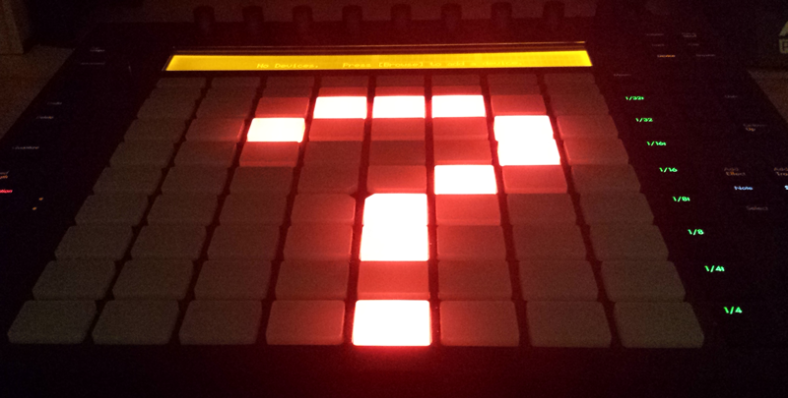Bang out a beat first? Pick your synths? Select a tempo range, and choose a key? There’s no right or wrong way to get to a finished track, but there are definitely steps where I find myself getting stuck in a loop (and no, I don’t mean 8-bar bongo samples – although that has certainly happened). The trick is to make swift decisions. Far easier said than done.
No doubt about it, the most common place I lose time while producing is by cycling through my presets, sample libraries, and VSTs. “This kick should be boomier. And this bass line should be greasier.” Sure: more boom, and more grease. No problem, let me just go dig thru a 1TB external drive for these sounds in my head.
Here’s my normal process flow for building a “peak 16” – the fullest part of the arrangement, typically 16 bars (e.g., the second chorus). Note, it doesn’t always follow this particular order:
- Create a simple beat, explore the Groove pool
- Pick a tempo range
- Lay down a pad / ambient tone for mood and atmosphere
- Choose a key / scale
- Layer in additional instrument phrases (leads, percussion, etc.)
It’s easy to get stuck at any one of these stages. Here are a few techniques I’ve implemented that can help me move forward.
If I get stuck creating a BEAT, I might:
- try something wildly different: maybe a breakbeat if already using a 4-on-the-floor
- try muting the kick
- try moving the snare from the 2 to the 3 (trap style)
- reference a canned drum loop (Slice to MIDI if you want to re-sequence the beats)
- switch the kick with a floor tom, percussive hit, or other random beat
- skip this step for now, try starting with the mood / ambient pad instead
If I get stuck picking a TEMPO, I might:
- Speed it up or down by ~20bpm – this is typically far enough from the original for my brain to hear new things, and want to try new ideas
- Go to tempos I don’t typically produce in, like 140–160 (trance / dnb), or 70-80bpm (rock / hip hop) – I usually hover around 115 and 125bpm for deep electronica
- Try the beat at half time (from 120 to 60bpm)
If I get stuck creating a MOOD, I might:
- use a lead instrument, and throw a low pass filter (etc.) on it
- try looping a short snippet from another song
- play with panning, reverb and delays
- return to this step later
If I get stuck choosing a KEY, I might:
- use my keyboard controller to fiddle with some key / chord combinations
- listen to some new or old songs on Spotify, SoundCloud, etc.
- use Mixed in Key to reference library tracks in various key ranges
- listen to a DJ set, and find a point where my new track could “mix in” – create a loop from the outro, and build off it – this also helps to set mood, above
If I get stuck choosing INSTRUMENTS, I might:
- repurpose an instrument / preset from a previous track
- try laying down a(ny) chord progression, just as a foundation
- think about how bright / dull the next instrument will be, and begin eliminating options
- try an instrument type I rarely use (winds, brass, strings)
- look for presets I may have previously “starred”
I find it can help to give myself a deadline. Check out the FACT TV: Against the Clock series on YouTube for inspiration. Other times, my best bet is to close the file, step away, and start fresh. Sometimes I’ll stop for the day, and begin when the mood strikes again.
Speaking of which, my mood has a huge effect on the music I write. Sometimes I’m really proud of what comes out of a session. Other times, I shut Ableton at 3am with nothing I’ll ever return to.
“5 beats a day for 3 summers”
There’s an old Kanye West quote talking about “doing 5 beats a day for 3 summers.” (Mind you, he had 21 tracks on his debut release.) But it reminds me that not all of my ideas will make my first EP. And that’s okay – I’d rather have a number of decent ideas (some better than others) rather than no ideas whatsoever.
And I’ve actually put out over 35 “ideas” on my SoundCloud demo page. These are quick, directional, and for the most part, unmixed. It helps me to listen to them outside of Ableton – on earbuds, in the car, etc. Having them online also prevents me from further fiddling with the session. Next steps will be to decide which tracks I should return to, finish arranging, mix and master.
You may never find that greasy bass. Just try committing to one and seeing how far you can take it. An instructor once told us “good producers finish tracks,” and I’d argue it’s one of the best mottos to produce by.
Let me know if you have other tips that help you get unstuck.







Leave a Reply